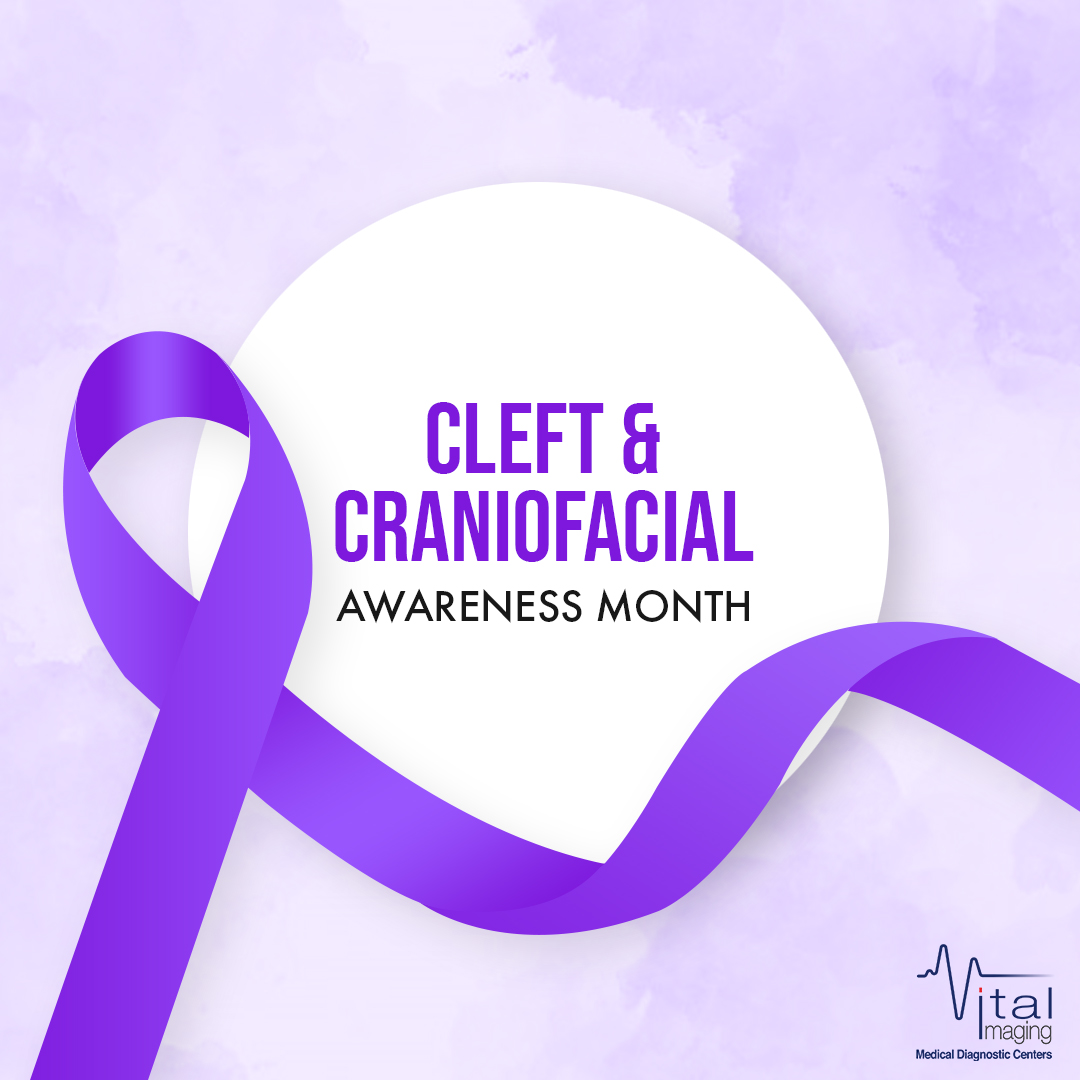
A cleft lip or palate are openings that remain in the upper lip or roof of the mouth while a baby is developing inside the mother. Some are isolated birth defects whereas some can be associated with genetics, syndromes or environmental factors.
What Are Cleft Lips and Palates?
- Cleft lip — a cleft lip is where there is a gap on one or both sides of the baby’s lip. Often children with a cleft lip will also have a gap in the upper gum.
- Cleft palate — a cleft palate is a gap in the roof of the mouth that connects to the nose.
- The most common is a combination of cleft lip and palate
As the fourth most common birth defect in the United States, one in 700 babies worldwide are born with a craniofacial birth defect. These occur when tissues in the baby’s face do not fuse properly. In most babies, the cause is unknown but in some, it is genetic in nature. One of every five cases is inherited with most having no family history. Clefting most often affects children of Asian, Latino or Native American descent.
Environmental Risk Factors
We now understand the many clefts are caused by environmental or lifestyle factors that may increase a mother’s risk such as
- Alcohol and drug use
- Cigarette smoking
- Particular medications
- Certain vitamin deficiencies during early pregnancy
- Exposure to German measles (Rubella) or other infections
Parental Concerns
Parents have many reasonable concerns about cleft defects. Feeding is one of the primary first concerns. Fortunately, most babies with a cleft lip or palate are able to breast or bottle feed with some assistance from an experienced professional. But a cleft lip and palate may also
- Affect the child’s appearance
- Lead to problems with speech
- Lead to chronic ear infections
- Lead to dental and orthodontic issues
- Affect speech and language
- Lead to hearing impairment
- Create social and self-esteem challenges
Available Treatment
Treatment can vary widely from child to child depending on the severity. A minor cleft may only need one procedure whereas a more involved one may require many. Parents are usually advised to initiate reconstructive surgery before the age of one. Some children will require more surgeries or treatments as they grow older.
How is a Cleft Lip or Palate Detected?
Because the baby’s face develops early in the pregnancy, damage can occur early. In many cases, a prenatal ultrasound will be able to detect a cleft as early as 16 weeks into the pregnancy. If a prenatal ultrasound does show a cleft, the doctor may suggest amniocentesis to confirm a genetic component. But often, the cause of a cleft palate is unknown and not noticed until the baby is born.
Education, Prevention and Counseling
Particularly for at-risk parents, education and prevention are important. There is much public education now surrounding environmental and genetic issues surrounding clefts. With current efforts to further educate mothers and more availability of prenatal care, clefts can be prevented.
Because women over the age of 35 are more likely to give birth to children with birth defects, they should be counseled about the risk factor that age poses. Families that do have a history of cleft palates should also seek genetic counseling to understand their risks.
At Vital Imaging, we offer prenatal ultrasounds providing the most professional and compassionate patient care. We are there to support you each step of the way. (305) 596-9992
